New report sheds light on poor access to mental health care for youth
 CTVNews.ca Staff
CTVNews.ca StaffPublished Wednesday, August 30, 2017
Youth across Canada are struggling to access basic care for mental health and addictions, and greater federal oversight is necessary to monitor the often-overlooked health-care sector, according to a new study.
A team of mental health and addictions specialists across the country contributed to the report, published Wednesday by the Centre for Applied Research in Mental Health and Addiction (CARMHA).
The study analyzed data from five provinces
— British Columbia, Alberta, Manitoba, Ontario and Quebec — and compared six pieces of information.
- Regular access to a family physician for those diagnosed with a mental disorder or addiction
- Whether first contact for a mental disorder or addiction is in a hospital’s emergency department
- Physician follow-up after hospitalization
- Suicide rates among people diagnosed with mental disorder or addiction
- Suicide attempts among people diagnosed with mental disorder or addiction
- Mortality among young people diagnosed with mental disorder or addiction
By analyzing previously available databases, researchers found that no province stood out as the best at delivering mental health care. But there were significant differences among the provinces in access and outcomes of care.
Manitoba demonstrated high rates of physician access for young people relative to the other provinces. It also had the lowest percentage of first-contact in emergency rooms for those with mental health illnesses or addictions, or MHA.
Despite those good indicators, Manitoba stood out as having the highest rate of suicide attempts, with those figures spiking among those 24 and younger. Researchers say this may be due to Indigenous populations in the province, which have higher suicide rates.
Ontario had the lowest rates of suicide attempts among all age groups – a fact that researchers say requires more study to see if specific policies may be linked to the results.
Alberta had the lowest rate of patients aged 20 to 29 with MHA visiting the same doctor two or more times, a figure that could reflect limited access. However, researchers say this may be connected to the large number of temporary workers in the province.
British Columbia and Alberta fared best in physician follow-up after hospitalization, with Ontario and Quebec lagging behind.
In Quebec, first contact in an emergency room was particularly high, especially among those aged 30 and older.
Across all provinces, youth aged 10 to 19 with MHA saw the highest rate of first contact in emergency departments.
Researchers say that figure shows that there’s clearly room to improve early detection of MHA for young people, and the onus may lie on parents and schools.
Rates of suicide among young girls and teenagers were far more likely than older women across all provinces, and males died by suicide at a higher rate than females.
Dr. Paul Kurdyak, a lead author on the report and senior scientist with the Institute for Clinical Evaluative Sciences, said the research shows a need for more central oversight on mental health access across the provinces.
“The performance of the mental health system has been largely in a vacuum historically, and the more information we have, the more we can act on the information to improve what people are desperately seeking,” Kurdyak told CTV’s Your Morning on Wednesday.
The reason it’s so important to address mental health accessibility for youth, Kurdyak said, is that some of the most common mental illnesses, such as anxiety and depression, have their first onset between the ages of 16 and 30.
“So you really need early and prompt access when these illnesses develop to have better outcomes down the road. And any delay in treatment we know affects the individuals lives as a result,” he said.
Outside of his research, Kurdyak works in the emergency department at The Centre for Addiction and Mental Health (CAMH) in Toronto.
On every shift, he says, he hears stories from young people who “don’t know where to go or what to do” for mental health and addictions treatment.
Kurdyak says this research a step towards addressing gaps in understanding.
“I think the reason this report is so important is because we’ve been hearing more and more anecdotes about how difficult it is to get the right kind of care when and where you need it. And this kind of big picture is the kind of information that policy makers and we in the health service sector need to be able to course correct.”
